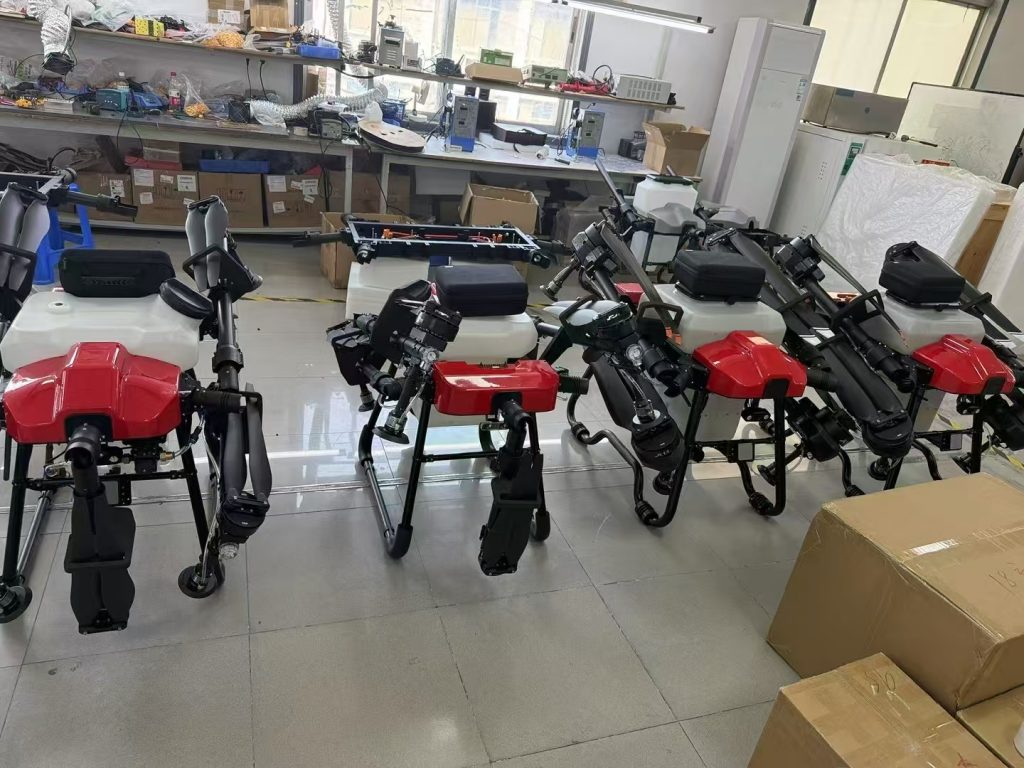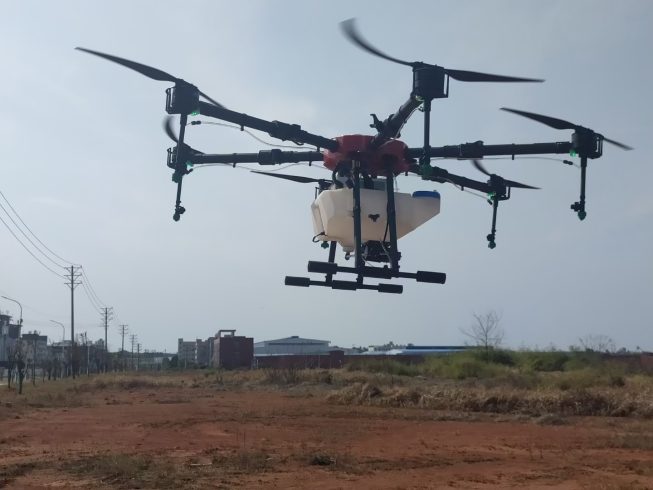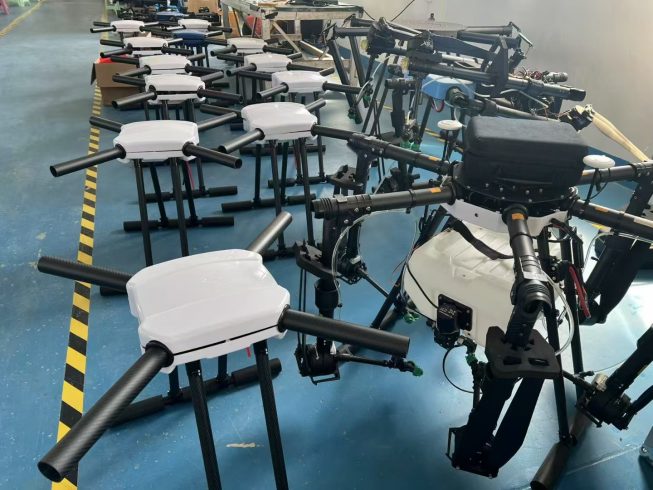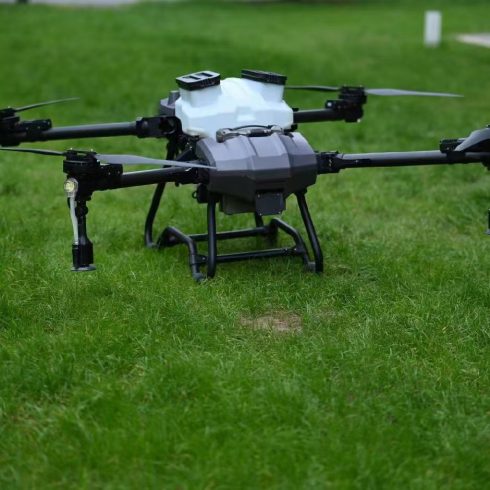
Bridging Fields: How Chinese Agricultural Drones Are Cultivating Growth in Slovakia’s Countryside
Nestled between the Carpathian Mountains and fertile lowlands, Slovakia’s agricultural landscape is a patchwork of tradition and transformation. For decades, family-run farms and larger cooperatives here have tilled soil, tended vineyards, and harvested crops—guided by experience, seasonal rhythms, and a deep connection to the land. Yet as global demands for efficiency, sustainability, and food security grow, Slovak farmers face new challenges: optimizing resource use, reducing labor gaps, and adapting to climate variability. It’s in this context that a quiet revolution is taking root, powered by an unexpected ally: high-tech agricultural drones imported from China.
Why Drones? The Unmet Needs of Slovak Agriculture
Slovakia’s agriculture is diverse—think fields of wheat and barley, sprawling orchards, and vineyards that dot the southern regions. But its terrain isn’t uniform. Rolling hills, small fragmented plots, and varying soil types make manual or even ground-based machinery inefficient for tasks like crop monitoring, pesticide spraying, or irrigation checks. For many farmers, especially those managing smaller holdings, these tasks eat up time, inflate costs, and risk over-application of chemicals—a growing concern as EU regulations tighten on environmental sustainability.
Enter agricultural drones. These aren’t the hobbyist gadgets of yesteryear; they’re rugged, precision-engineered tools built to thrive in real farm conditions. Our factory, based in China’s agricultural tech hub, has spent years refining designs tailored to varied terrains and crop types. When we began exploring opportunities in Slovakia, we didn’t just see a market—we saw a chance to partner with farmers solving problems we understood deeply.
From Factory Floors to Slovak Fields: What Makes These Drones Stand Out?
What sets our drones apart? It starts with adaptability. Slovakia’s landscapes demand versatility: drones must navigate narrow vineyard rows, hover steadily above uneven meadows, and handle sudden weather shifts common in central Europe. Our models feature adjustable flight modes, obstacle-avoidance sensors, and durable frames tested in winds up to 45 km/h—conditions that would ground lesser machines.
Then there’s precision. Slovak farmers can’t afford waste. Our drones use multispectral cameras to map crop health, identifying stressed areas (from drought, pests, or nutrient deficiencies) before they’re visible to the human eye. This data feeds into variable-rate spraying systems, ensuring pesticides or fertilizers are applied only where needed—cutting costs by up to 30% and reducing chemical runoff by nearly half. For organic farms, this is a game-changer; for conventional ones, it’s a step toward greener practices.
But technology alone isn’t enough. We’ve also prioritized ease of use. Many Slovak farmers aren’t drone experts, so our units come with intuitive controls, pre-programmed flight paths for common crops (like sugar beets or rapeseed), and local-language support. Training workshops, held in partnership with regional agricultural centers, ensure even first-time users can master basic operations in a day.
Stories from the Soil: Early Impact in Slovakia
In the western region of Trnava, a family-run vineyard struggled with powdery mildew, a fungus that thrives in damp springs. Previously, they’d douse entire rows with fungicide—a costly, time-consuming process. After testing our drones, they now map infected areas weekly and target sprays only on affected vines. “We’ve saved 20% on chemicals and cut labor hours,” says the vineyard owner, a man whose family has farmed here for four generations. “The drones let us work smarter, not harder.”
Further east, near Košice, a cooperative managing 500 hectares of wheat fields uses drones for real-time yield forecasting. By analyzing infrared data, they predict harvest volumes weeks in advance, optimizing storage and sales. “It used to be guesswork,” admits the cooperative’s manager. “Now we plan with confidence.”
Beyond Sales: Building Trust and Long-Term Partnerships
Importing technology is one thing; making it stick is another. We’ve learned that success in Slovakia requires more than just delivering drones. It means listening—understanding that farmers prioritize reliability over flashy features, that after-sales service must be responsive, and that trust is earned through consistency.
To that end, we’ve established a local service hub in Bratislava, staffed by technicians trained in both drone mechanics and Slovak agricultural practices. Spare parts are stocked locally to minimize downtime, and we offer flexible maintenance plans. We’ve also begun collaborating with Slovak universities on agri-tech research, exploring how drones can integrate with other smart farming tools, like soil sensors or automated irrigation systems.
Looking Ahead: A Shared Harvest
What started as an exploration of market potential has become a story of mutual growth. Slovak farmers gain tools to stay competitive in a changing world; our factory gains insights that drive innovation for diverse agricultural contexts. As EU policies push for “green deal” compliance, and as climate change intensifies pressure on global food systems, the role of tech like agricultural drones will only grow.
In Slovakia, we’re not just selling drones—we’re helping nurture a future where farming is more efficient, sustainable, and connected. And in doing so, we’re proving that innovation, when rooted in understanding local needs, can bridge continents and cultivate something far more valuable than crops: partnership.
The fields of Slovakia are changing. And so, too, is the way the world grows food—one drone, one farmer, one harvest at a time.
THE END







暂无评论内容